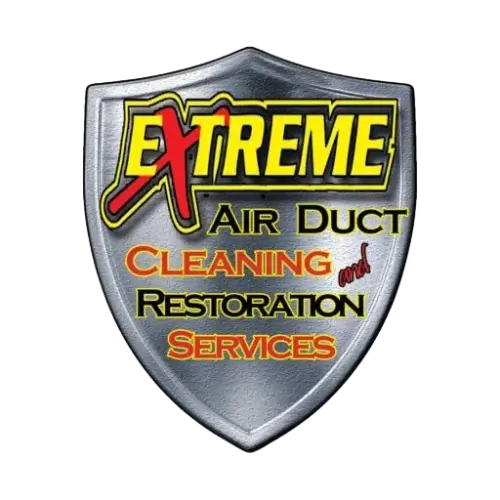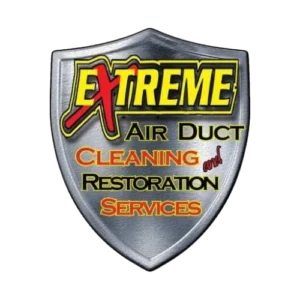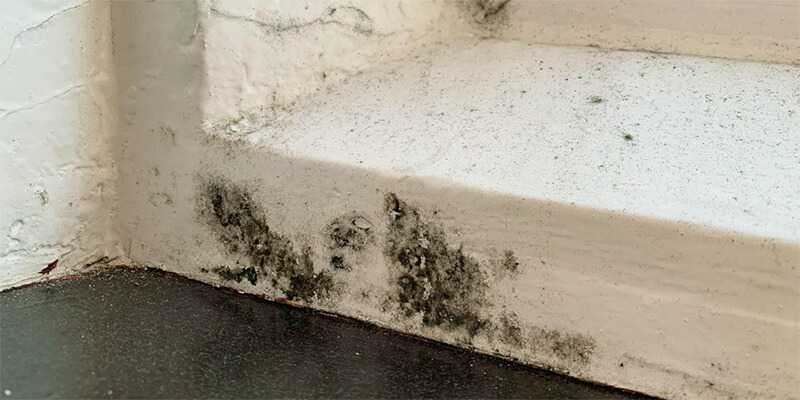Mold in your home’s air ducts can be a serious issue. It affects the air quality and can harm your family’s health. Knowing the common types of mold that grow in air ducts helps prevent these problems. In this article, we will explore the mold varieties that thrive in your HVAC system, the risks they pose, and how to deal with them.
Why Mold Grows in Air Ducts
Mold requires moisture to grow. If your air ducts have even a small amount of humidity, mold spores can quickly spread. The air ducts in your home are often dark and damp, which creates an ideal environment for mold. This is why regular maintenance is crucial. By keeping your HVAC system clean and dry, you reduce the chance of mold growth.
Common Mold Types Found in Air Ducts
Here are some common mold types that can be found in your air duct:
1. Aspergillus
Aspergillus is one of the most common mold types found in air ducts. It thrives in moist environments and can spread through the air, leading to respiratory issues. If left unchecked, it can trigger allergic reactions, especially in people with asthma or weak immune systems.
2. Cladosporium
Cladosporium is another mold that often appears in air ducts. This type of mold can grow in both warm and cool conditions, making it quite resilient. It’s typically found in HVAC systems and, like Aspergillus, can cause allergic reactions. Prolonged exposure may lead to skin rashes or eye irritation.
3. Stachybotrys (Black Mold)
Stachybotrys, more commonly known as black mold, is particularly dangerous. It thrives in areas with excess moisture, such as air ducts with leaks or condensation. Black mold is toxic and can cause severe health issues, including breathing difficulties, chronic coughing, and fatigue. Early detection and removal are essential to prevent long-term damage to your health.
4. Penicillium
Penicillium grows quickly in damp, poorly ventilated areas like air ducts. It’s known for causing sinus infections, bronchitis, and asthma flare-ups. This mold also produces spores that can easily circulate throughout your home, affecting everyone’s health.
5. Fusarium
Fusarium is less common but still a concern. It’s found in cooler, damp environments and can spread easily in HVAC systems. While it’s often associated with soil or plant material, Fusarium in air ducts can lead to respiratory and skin infections, especially in individuals with compromised immune systems.
Signs of Mold in Air Ducts
Knowing the signs of mold in your air ducts helps you act quickly before the problem worsens. Some common indicators include:
- Musty odor: If your HVAC system smells damp or musty, mold is likely growing inside.
- Visible mold growth: Mold may appear around the vents or inside the ducts.
- Allergy symptoms: Persistent coughing, sneezing, or watery eyes when the HVAC is running may signal mold exposure.
- Increased humidity: High moisture levels in your home or HVAC system contribute to mold growth.
- Frequent headaches or fatigue: Exposure to toxic molds like Stachybotrys can cause chronic headaches and tiredness.
How to Prevent Mold in Air Ducts
Prevention is key when it comes to mold in your air ducts. Here are some simple steps you can take to keep mold from growing:
- Regular HVAC Maintenance: Make sure to schedule routine inspections and cleaning of your air ducts. This removes any dust, debris, or moisture buildup.
- Fix Leaks: Ensure there are no leaks in your ductwork or HVAC system. Leaks create the moisture mold needs to thrive.
- Control Humidity: Use a dehumidifier in areas with high moisture levels. Keeping the humidity below 50% can help stop mold growth.
- Replace Filters: Changing your HVAC filters regularly reduces the risk of mold buildup by keeping the system clean.
- Seal Ducts: Properly sealing your ducts keeps moisture out, preventing mold from entering your system.
What to Do if You Find Mold in Your Air Ducts
If you suspect mold in your air ducts, take action right away. Mold can spread quickly and worsen over time, making it harder to eliminate. Here’s what you can do:
- Turn off your HVAC system: This prevents further spreading of mold spores through your home.
- Contact a professional: Mold removal can be dangerous, especially when dealing with toxic molds like Stachybotrys. Call in a professional team experienced in mold remediation.
- Clean visible mold: While waiting for the experts, you can clean small amounts of visible mold using household cleaners. However, for larger infestations, professional cleaning is the best option.
Why Professional Mold Removal Is Essential
Professional air duct cleaning services, like ours, go beyond just surface-level cleaning. Our experts know how to properly detect and eliminate mold from your HVAC system. Attempting to clean mold yourself can lead to incomplete removal, allowing it to regrow and spread. We use specialized tools and techniques to ensure all mold is thoroughly removed from your system, protecting your family’s health in the long run.
Let Us Help You With Mold Removal
At Extreme Air Duct Cleaning and Restoration Services, we understand how dangerous mold in your air ducts can be. Our team of professionals is trained to handle even the toughest mold infestations. We’ll inspect, clean, and restore your air ducts, ensuring your HVAC system is free from harmful mold. Don’t risk your family’s health—let us take care of your air duct cleaning needs.
Contact us today to schedule an inspection and keep your home mold-free!


